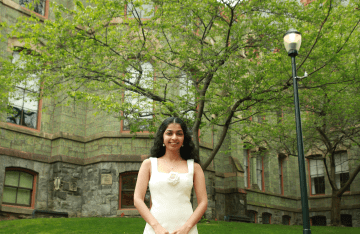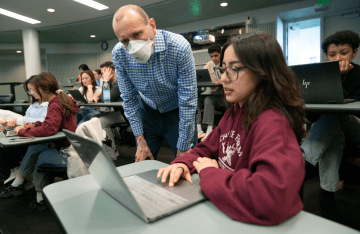Undergraduates Become Consultants in Joan Garry’s Course on Nonprofit Communication
Student teams work with local non-profits to design and help implement a comprehensive communication strategy.

With small staffs and shoestring budgets, many non-profit organizations excel at their core missions, but struggle with communication and fundraising — both crucial ingredients to survive and grow.
Some turn to consultants, but of course a top consultant isn’t cheap. For six non-profits, another option recently came to the rescue, totally pro bono: Professor Joan Garry’s students.
Comm 386: Non-Profit Communication Strategy, offered each spring, provides a unique opportunity for students and non-profit organizations alike.
Student teams work with local non-profits — this spring, they worked with the Institute for Humane Education, Zana Africa, Springboard Collaborative, Philadelphia Junior League, I’m FREE, and 10 Day Film Challenge — to design and help implement a comprehensive communication strategy.
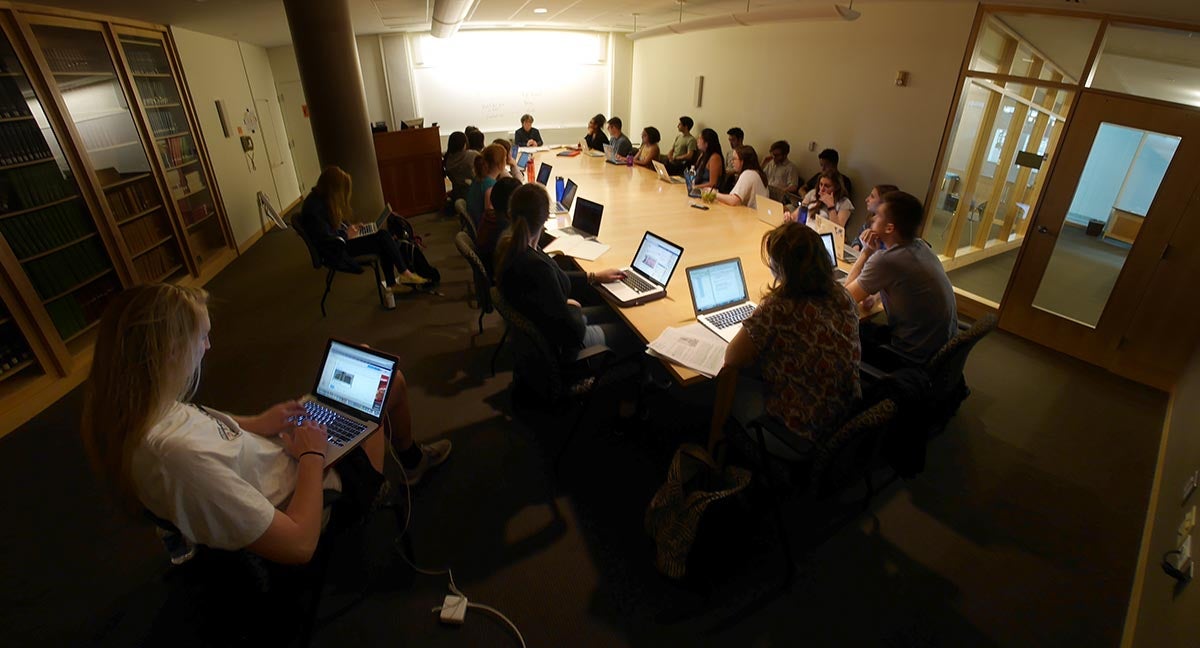
“They’re north of interns and slightly south of professional consultants,” says Garry.
Garry would know. When she’s not teaching at the Annenberg School, Garry is herself a consultant, bringing nearly two decades of non-profit experience to her students and their organizations. Part of the management team that launched MTV in 1981, she spent a decade as executive director of GLAAD before launching her own consultancy. She also runs a popular blog for nonprofit leaders and hosts the #1 nonprofit podcast on iTunes.

The first half of the course is spent exploring theories of persuasion and strategic communication through class discussion, weekly assignments, and an array of guest speakers. Students learn the ins and outs of non-profit communication strategy including how to identify and fill needs, what makes a compelling idea, how to write a press release, social media strategies, and how to raise funds.
One of the classes is dedicated entirely to media training. This semester, Garry used the controversy surrounding Teach for America and assigned students roles such as furious parent, Education Secretary, and the Teach for America founder. They brought in their key talking points and fielded questions from Bill O’Reilly, Rachel Maddow, Diane Sawyer, or Anderson Cooper — all played by Garry, of course.
Nikki Moorer (C’16), who played a 12-year-old student in Teach for America, fondly remembers this activity as one of her favorite days in class. “It was basically like something you would see on the Bill O’Reilly show,” says Moorer. “She was hitting me with all these hard questions and I was getting into character. It was off-the-cuff and not something you can really practice — you just have to improvise. It was so fun.”
“It’s a quintessential example of how Joan is constantly coming up with creative ways to teach what she’s teaching,” adds Junior Sophie Beren (C’17).
Jacob Reeder (C’16) also found the class thought-provoking. “Just this past weekend we had a really great assignment: a paper on what might have happened in Greensboro in 1960 during the Greensboro lunch counter sit-in protests had there been social media available at the time,” he says. “It was just such a refreshing, imaginative experience.”
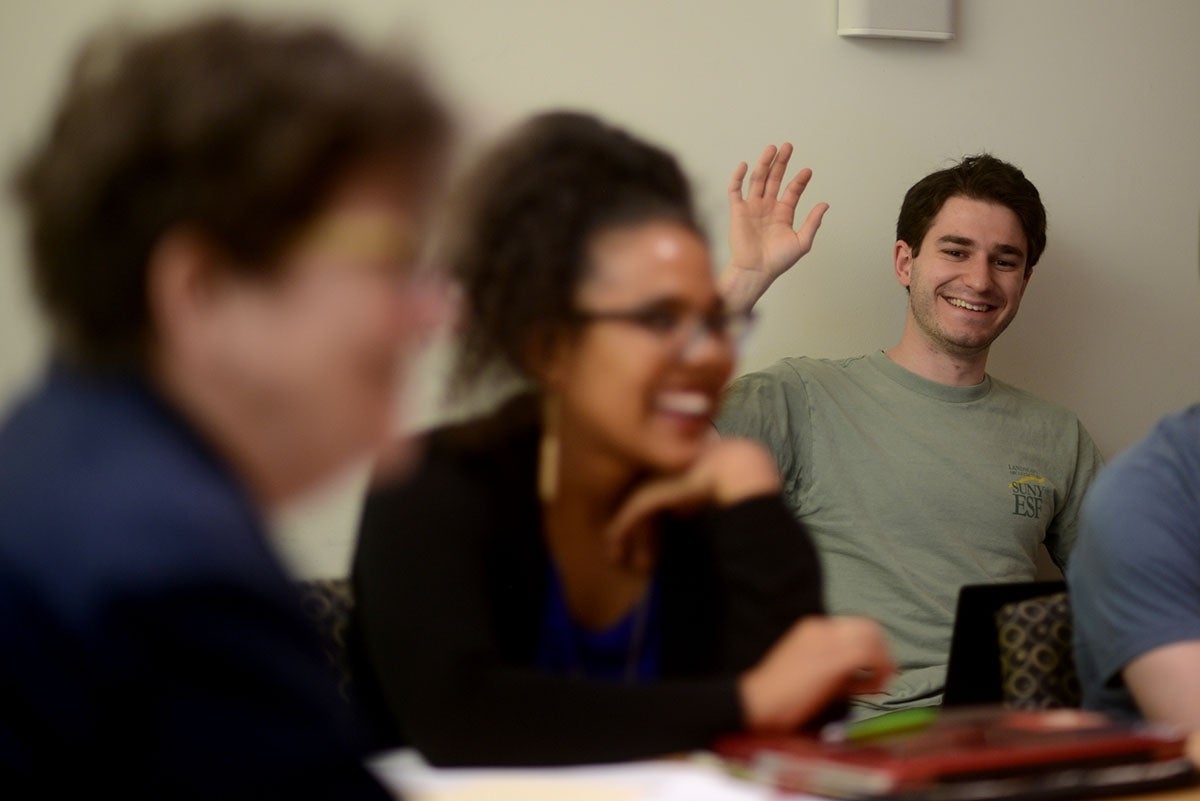
The second half of the course gives students the opportunity to put these skills into practice.
“Unlike other types of organizations, a non-profit needs to be able to clearly articulate what it does and why it is important to each of its stakeholder groups,” Garry explains. “This is a fundamental element of success and crucial to allowing the organization to fulfill its mission. If an organization can’t tell a powerful narrative, then it’s not doing its mission justice.”
The first order of business for the student teams is to immerse themselves in their client’s organization and learn all they can about how each non-profit operates via web-based research, in-person meetings, teleconferences, and email exchanges with leaders of the organizations.
From that point the work varies depending on the needs of each organization. Example tasks include redesigning mission statements and websites, working on fundraising initiatives, and developing media kits.
Garry takes an active role throughout the semester with both the students and non-profits. She connects students with the local non-profits and facilitates initial meetings. She also regularly touches base with each client to ensure both the students and non-profits work well together.
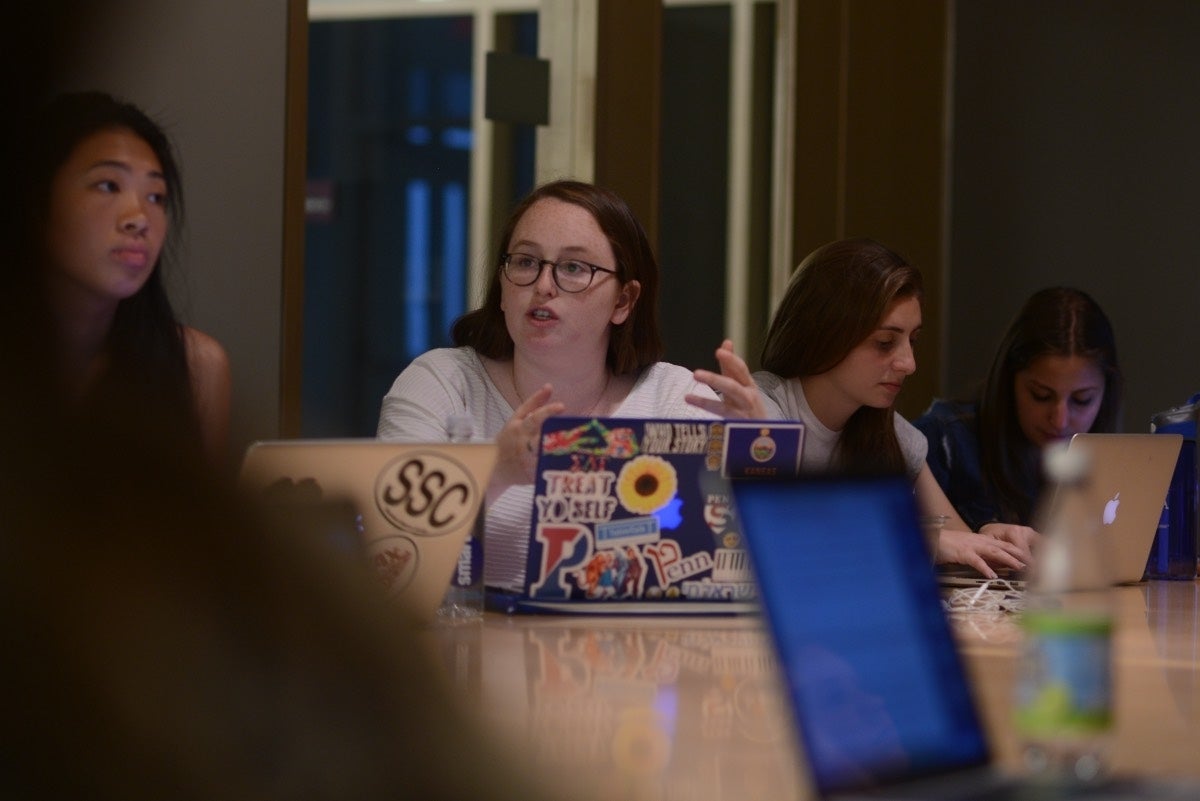
“Joan really laid the framework for us to be able to process challenges, take criticism, and work on the ground to solve a problem,” says Beren. “I feel I’ve been really empowered to go into the non-profit sector. As a teacher she’s taught me the passion that lies behind non-profit work.”
Reeder agrees: “She obviously loves her work and we get so much out of it. We’re very lucky to have her.”


